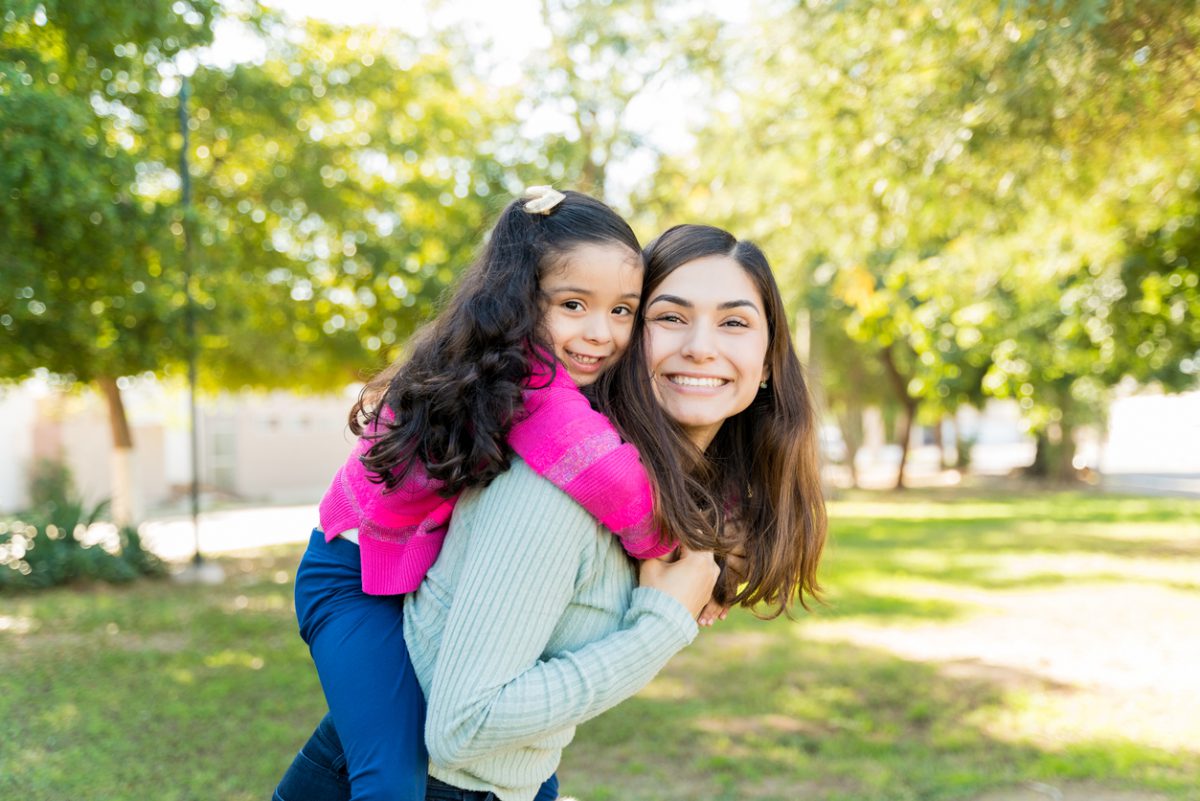How to Recognize Depression in Children and Teens

We like to think of childhood as a time of carefree fun and wonder, their young lives sheltered from any hardships. While many children may have an idyllic childhood, nearly two million children and teens battle depression in the United States. Children’s Mental Health Week, May 2 through 8, 2021, is a prime opportunity to focus on depression in children and teens, especially as uncertainty, fear, and social isolation associated with the COVID-19 pandemic have elevated depression rates in young people.
Clinical depression is a mood disorder that can affect anyone at any age and from any background. The recognition of depression in children has only been acknowledged in recent decades. Many people may be shocked to learn that even infants can be depressed, according to research on pediatric depression. Children can be depressed at any stage; however, research shows that symptoms of depression vary depending on development.
The Pandemic and Elevated Depression in Young People
Childhood depression was already on the rise before the pandemic, with as many as three percent of children and eight to ten percent of teens affected. Multiple studies done during the first year of the pandemic have confirmed that an unfortunate, natural consequence of living in quarantine for many children and teens is feeling scared, lonely, anxious, clingy, depressed, and even suicidal.
Researchers believe that not only are these rates increasing during the pandemic but that living through this experience is likely to increase the prevalence of depression later in life.
Recognizing Signs of Depression by Age
Recognizing depression in children and teens can be challenging. The signs and symptoms are not the same for everyone. Also, many signs of depression can actually be signs of other medical issues or responses to an environment. While children may exhibit tell-tale signs—lack of energy, trouble concentrating, unusual fatigue, extended periods of sadness, diminished enthusiasm—there can be other signs that may be hidden.
Infants
Because infants cannot verbally express themselves, signs of pediatric depression can be the most difficult to identify. The most common symptoms include:
- Joyless and unresponsive facial expressions
- Listless body posture
- Slower physical mannerisms
- Irritable and fussy mannerisms
- Difficulty eating and sleeping
- Physical aches and pains
Toddlers and Preschoolers
Identifying depression in preschool-aged children can be challenging because very young children are less able to articulate their emotional state. Symptoms can include:
- Frequent headaches or stomachaches
- Difficulty going to sleep, staying asleep, and excessive sleeping
- Changes in appetite, mainly not eating enough
- Lack of interest in social interactions
- Irritability
Ages 5 – 12
While children in this age group are better equipped to verbalize their emotions, they may often keep their feeling to themselves, making it harder for a parent or caregiver to discern the signs of depression. There are, however, many common signals, including:
- Sadness most of the time
- Frequent aggressiveness (i.e., won’t do what you ask most of the time or has frequent tantrums)
- Regular negative feelings and remarks about themselves
- Feelings of guilt
- Fear or constant worry
- Headaches or stomachaches that don’t seem to have a physical or medical cause
- Lack of energy
- Loss of interest in playing or doing things they used to enjoy
- Problems sleeping, including nightmares
- Inability to concentrate, remember things, or make simple decisions
- Poor academics
- Difficulting fitting in at school or getting along with other children
Teens
Teen years can be filled with angst and drama. Peer pressure, academic expectations, and changing bodies can result in many ups and downs for teens. But for some teens, lows are more than just temporary feelings—they’re a symptom of depression. Common signs to watch for include:
- Feelings of sadness, which can include crying spells for no apparent reason
- Frustration or feelings of anger, even over small matters
- Feeling hopeless or empty
- Irritable or annoyed mood
- Loss of interest or pleasure in usual activities, family, and friends
- Conflict with family and friends
- Low self-esteem
- Feelings of worthlessness or guilt
- Fixation on past failures or exaggerated self-blame or self-criticism
- Extreme sensitivity to rejection or failure and the need for excessive reassurance
- Trouble thinking, concentrating, making decisions, and remembering things
- Ongoing sense that life and the future are grim and bleak
- Frequent thoughts of death, dying, or suicide
- Insomnia or sleeping too much
- Use of alcohol or drugs
- Social isolation
- Poor personal hygiene
- Angry outbursts, disruptive or risky behavior
- Self-harm
- Suicide plan or a suicide attempt
What to Do if You Suspect Your Child or Teen is Depressed
Childhood and teen depression isn’t a weakness or something a child can overcome with willpower. It doesn’t just go away on its own, and it can have serious consequences. It’s important to know the signs of depression so you can access help as early as possible.
You can find a local therapist through Eagle Valley Behavioral Health who will talk with your child about their feelings, which is an important step in getting a diagnosis and determining a treatment plan. Financial assistance resources like Olivia’s Fund are also available to those who live or work in Eagle County and cannot afford treatment.
About Emergency Help
Suicide is often associated with depression. If you are concerned that your child may hurt themselves or attempt suicide, call 911 or your local emergency number immediately.
If you have concerns that your child is struggling or showing signs or symptoms of depression, it’s imperative to get them help as soon as possible. Depression is treatable, and early intervention can reduce the severity of the condition.


